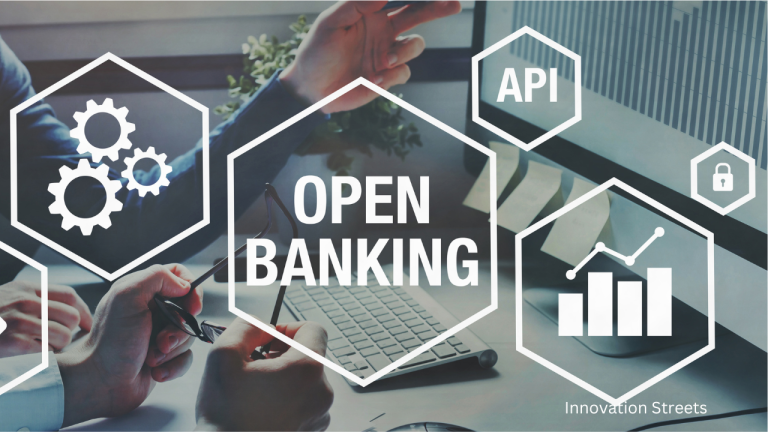The way different countries handle their financial systems has long been a challenge for travelers and expatriates. Open banking is no exception, with regulations and accessibility varying significantly across the globe.
In this exploration of open banking standards, we delve into the diverse approaches different nations are taking to mandate open banking, shedding light on the extent of their adoption and the similarities and differences in their implementations through this financial services industry thought leadership.
Top 7 Open Banking Countries and Their Technologies
1. PSD2 (EU)
The Payment Services Directive 2 (PSD2) is a comprehensive EU regulation governing electronic payment services. Enacted in 2016, PSD2 mandates the use of Strong Customer Authentication (SCA) during payment processing. While it doesn’t explicitly mention APIs, they are assumed to be the primary mechanism for compliance. Feedback from the open banking community is currently solicited to shape the next iteration, PSD3.
2. Open Banking (UK)
The United Kingdom’s Open Banking Standard shares similarities with PSD2. It involves exposing data to third parties through APIs but takes a step further by providing in-depth technical documentation, usage examples, and OpenAPI files. This approach aims to establish a well-defined set of best practices distinct from the EU.
3. Unified Payments Interface (India)
The Unified Payments Interface (UPI) in India, introduced in 2016, is a real-time payment system regulated by the Reserve Bank of India (RBI). Although UPI is often associated with APIs due to its name, its primary function is real-time money transfers between bank accounts. According to the National Payments Corporation of India (NPCI), which manages the real-time payments system, UPI transactions surged 67 per cent year-on-year to 10.58 billion in August 2023. Nevertheless, UPI’s success hints at potential API expansion both domestically and internationally.
4. Open Banking (Brazil)
Open Banking Brasil, introduced in 2022, rolled out in stages. The second phase mandated banks and financial institutions to implement APIs for data sharing. Subsequently, it expanded to encompass information about PIX (Brazilian Central Bank’s instant payment system) and foreign exchange, investments, insurance, and pensions.
5. Consumer Data Right Rules (Australia)
Australia’s Consumer Data Right Rules empower consumers to control the sharing of their personal information. More than 100 institutions participate, facilitating data access via banking apps and websites. Behind the scenes, data transfers are facilitated using APIs, enhancing data security.

6. Fintech Law (Mexico)
Mexico’s Fintech Law, enacted in 2018, addresses three types of companies: Collective Financing Institutions, Electronic Money Institutions (EMIs), and Innovation Model Startups dealing with financial operations. While it improves transparency and mandates financial reporting, it doesn’t reach the same scope as PSD2 or UK Open Banking. Mexico, with its vibrant FinTech sector, remains a notable hub.
7. Open API Framework (Hong Kong)
The Hong Kong Monetary Authority (HKMA) published the Open API Framework for the Hong Kong Banking Sector in 2018. This framework outlines API implementations related to product information, customer acquisition, account information, and transactions. Many financial institutions in Hong Kong adopted a phased approach to API implementation, with most aiming for completion by late 2022.

Notable Absences: China, United States, and Canada
China has historically taken a hands-off approach to open banking, allowing tech companies to innovate freely. However, recent regulatory efforts seek to curtail financial institutions’ activities through open banking. In the United States, market forces play a more significant role in promoting open banking compared to regulatory initiatives. Recently Fintechs Canada, Wealthsimple, EQ Bank, and Wise Joined Forces with “Choose More” Campaign to Raise Awareness and Advocate for Open Banking and Real-Time Payments in Canada.
This overview illustrates how open banking is evolving worldwide, driven by different regulatory approaches and market dynamics. As financial systems continue to adapt and the bank-fintech partnership grows, the global open banking landscape promises further transformation in the years to come.
To know more about other trending usecases in the US financial services industry, like Generative AI, Open Banking, Buy Now Pay Later (BNPL), explore our other insights.
—————————————————————————————————
About Innovation Streets:
Welcome to InnovationStreets.com! Get the latest insights from the finance and technology industries. Discover industry updates on Fintech Innovations, Regulatory Developments, Industry Insights, Events, and Banks/Insurance partnerships with fintechs. A platform for C-level executives to submit Thought Leadership content for their peers. Subscribe for updates!



